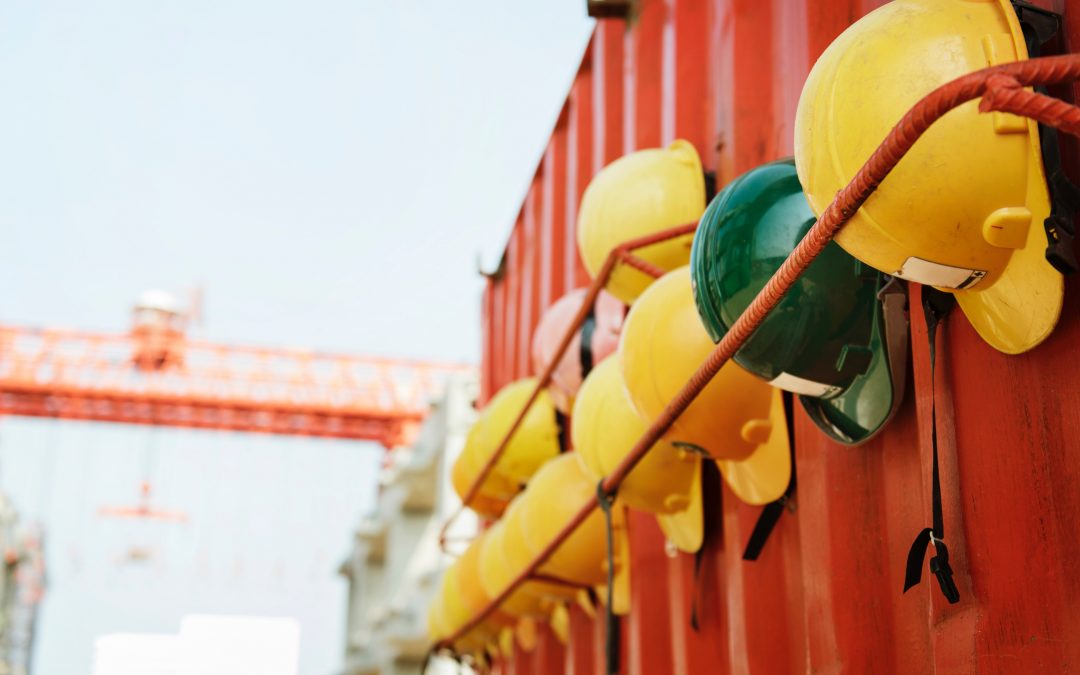Safety should be the most important aspect of any job. Unfortunately, in too many instances, it is an afterthought. Maintaining proper safety at work, which demands careful planning and attention to detail, is imperative for worker productivity, health, and survival. It is also imperative to the families who rely on that worker for financial security.
According to the federal Occupational Safety and Health Administration (OSHA), a total of 5,147 fatal work injuries were recorded in the United States in 2017 – the most recent year of data compiled by the U.S. Bureau of Labor Statistics. While that figure represents a decrease in the total number of workplace deaths from the previous year, the Census of Fatal Occupational Injuries (CFOI) has reported fatal falls on the job reached their highest level in 2017 over the 26 year history of the CFOI. “Every day in America, 12 people go to work and never come home,” says Hilda Solis, the former U.S. Secretary of Labor. “Every year in America, 3.3 million people suffer a workplace injury from which they may never recover. These are preventable tragedies that disable our workers, devastate our families, and damage our economy.” The former Secretary is right in that an overwhelming majority of these workplace injuries and deaths could have been avoided if the proper precautions were taken.
Nobody knows this better than firm partner J.B. Dilsheimer, who owned and operated his family’s residential construction company for 5 years. “Nothing is more important than job site safety. Nothing is more overlooked or brushed aside either. Too often, contractors and employers push for safety shortcuts to get the job done timely and on-budget. When workers are injured, job productivity suffers. Worse, the injured worker and his or her loved ones suffer terribly. Work related accidents often breed catastrophic injuries that have life-long ramifications for the injured workers and their families or loved ones. What is most profound is that the majority of work-related accidents can be avoided with proper, careful, repetitive safety planning and attention to detail. No project schedule or budget is worth the financial and emotional consequences of a preventable accident.”
CFOI data shows that 747 construction trades workers died in 2017, which represents 14.5 percent of the total fatal work injuries that were reported during that year. The CFOI has listed 10 occupations that account for the highest rates of fatal injuries on the job. They are:
- Fisherman and related work;
- Logging workers;
- Aircraft pilots and flight engineers;
- Roofers;
- Sanitation workers;
- Structural iron and steel workers;
- Traveling salesmen/truck drivers;
- Farmers/ranchers/other agricultural managers;
- Landscaping/grounds-keeping supervisors; and
- Electrical line installers and repairmen.
According to the CFOI, the industry with the greatest rise in workplace fatalities in 2017 were jobs involved with private mining, quarrying, and oil and gas extraction (an increase of 26% from 2016).
While work related accidents should be eliminated by careful safety planning, they still happen with alarming frequency. We understand the devastating consequences of these injuries. Based on the real-world work experience of our attorneys, like partner J.B. Dilsheimer, we also understand all too well why such accidents and devastating injuries happen and how they could and should have been prevented.
If you or anyone that you know has been hurt on the job, please do not hesitate to contact Stampone, O’Brien, Dilsheimer Law. Our group of compassionate and skilled attorneys are well-versed in the rights of workers. We will work tirelessly to ensure that all injured parties are made whole once again by those that caused them harm. At Stampone O’Brien Dilsheimer Law we are here to help.
